Although not yet back to the busy overtime period before the pandemic, export orders for processed food products have shown positive signs.
“We already have orders worth tens of millions of dollars this year,” said Le Thi Giau, chairwoman of Binh Tay Food Company, at a trade promotion forum earlier this month in Ho Chi Minh City. The orders are an output for the cellophane noodle factory the company is about to operate.
Along with packaged foods, processed seafood also has positive signs. After two years of pressure due to economic recession, Minh Phu Seafood recorded a 30% increase in exports thanks to increased purchases from the US and EU. This year, the company aims to increase revenue by over 50% compared to last year.
Ms. Ly Kim Chi, Chairwoman of the Ho Chi Minh City Food and Foodstuff Association, also confirmed that orders for seafood and food products are improving, increasing by over 30%.
According to Ms. Chi, since the Lunar New Year, food processing enterprises in general have had enough export orders to maintain regular production. However, the factory has not been so busy that it has to work overtime like in previous years. "Vietnamese goods are being prioritized by international buyers," Ms. Chi said on the morning of April 16, adding that the company still needs to expand to find new markets.

Ms. Ly Kim Chi spoke at the HCMC Foodex 2024 press conference on the morning of April 16. Photo: ITPC
To seek more orders, nearly 400 domestic and international businesses, organizations, and associations will gather in Ho Chi Minh City next month, at the Ho Chi Minh City International Food Industry Exhibition 2024. Mr. Tran Phu Lu, Director of the Ho Chi Minh City Investment and Trade Promotion Center (IPTC), said that in addition to this event, the center will organize business delegations to attend major international food fairs and exhibitions this year.
Nationwide, seafood exports in the first quarter are estimated to reach nearly 2 billion USD, 8% higher than the same period in 2023. The Vietnam Association of Seafood Exporters and Producers (VASEP) predicts that orders from businesses will improve and prices will gradually improve in the coming time.
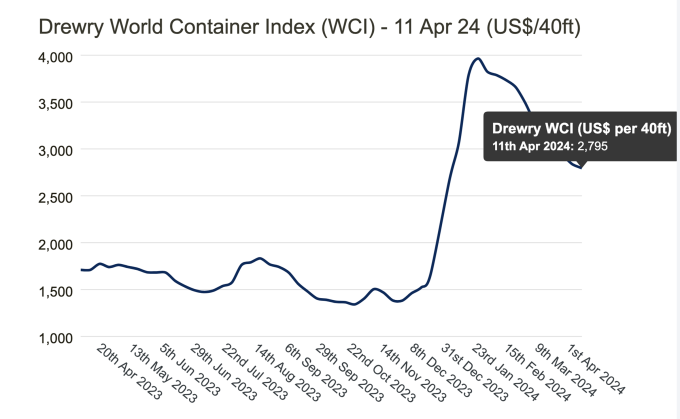
World Container Index (WCI) over the past year. Source: Drewry
However, the export picture of the agricultural and food industry still faces many challenges, according to experts. "Currently, domestic prices cannot increase because we have to stimulate demand, while both local and imported inputs are expensive, so profits are not much," said Ms. Chi.
In addition, inventories increased and profit margins also narrowed. Transportation costs are not cheap, although they have cooled down compared to the end of January, affecting the prices and competitiveness of Vietnamese goods when exporting. According to the World Container Index (WCI) of consulting service firm Drewry Shipping Consultants, it decreased to 2,795 USD per 40-foot container but is still 64% higher than the same period in 2023.
In the medium and long term, the pressure for products to be green, that is, to comply with sustainable development regulations, is increasing. Sustainability regulations in export markets, especially in Europe, require businesses to comply with, such as energy and water consumption; greenhouse gas emissions, or environmental and social indicators in the supply chain.
Ms. Nguyen Thi Thanh Phuong, Director of Environmental Services at Eurofins Sac Ky Hai Dang Company, said that meeting these standards provides opportunities to access capital, expand markets and value for clean, sustainable agricultural products. On the contrary, this requires businesses to come up with a reduction strategy to avoid impacts on production and competition.
Di Tung
Source link








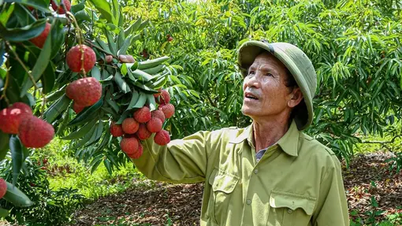

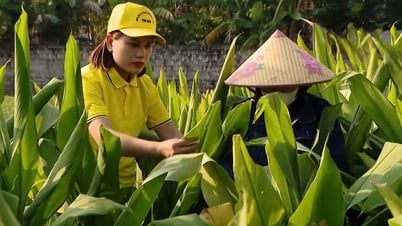







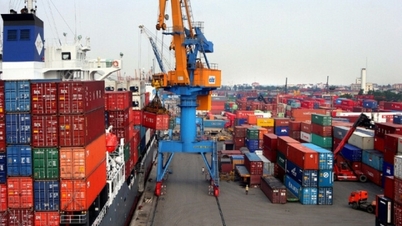








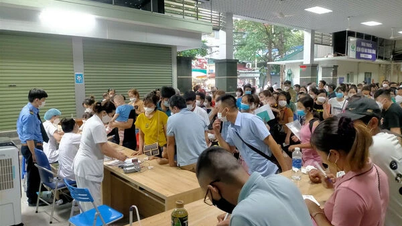












![[Photo] Prime Minister Pham Minh Chinh and Prime Minister of the Kingdom of Thailand Paetongtarn Shinawatra attend the Vietnam-Thailand Business Forum 2025](https://vphoto.vietnam.vn/thumb/1200x675/vietnam/resource/IMAGE/2025/5/16/1cdfce54d25c48a68ae6fb9204f2171a)

































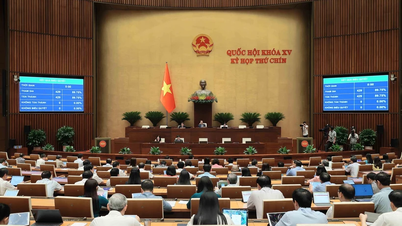












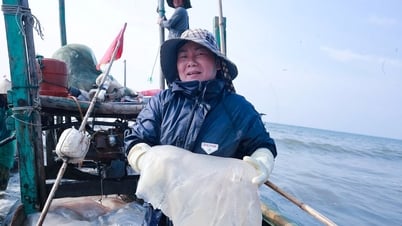

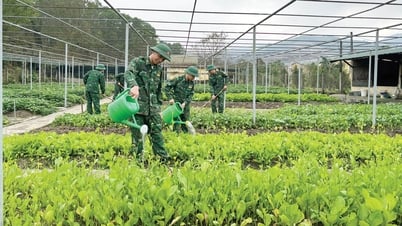


















Comment (0)